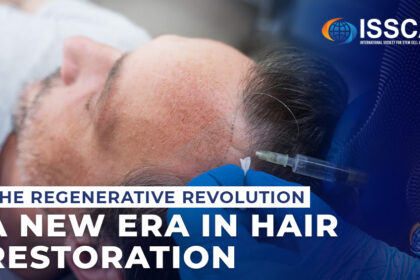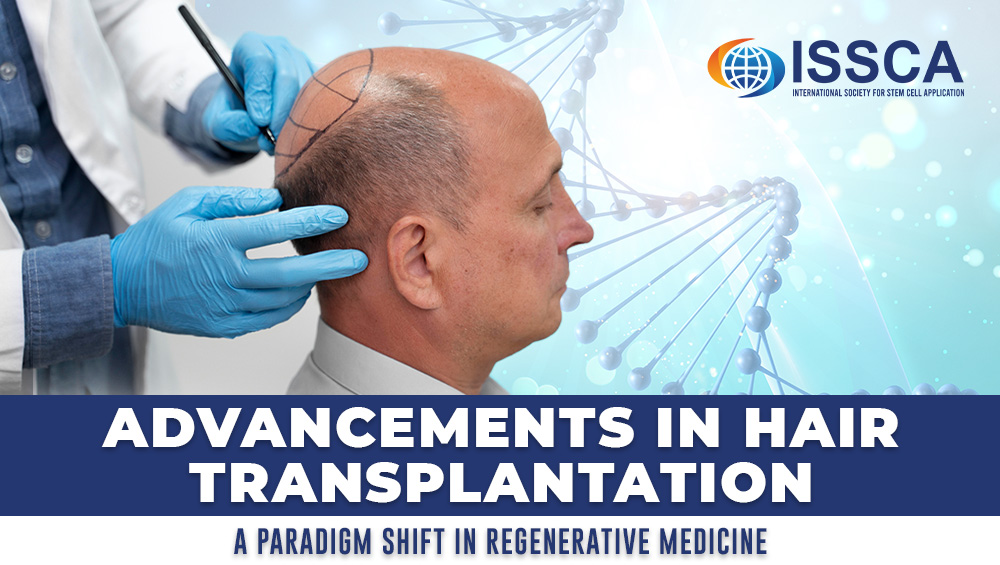
The Pursuit of Luscious Locks: Evolution of Hair Restoration
Traditional Hair Transplants: The Old Guard
For decades, methods like Follicular Unit Transplantation (FUT) and Follicular Unit Extraction (FUE) have dominated hair restoration, moving hair follicles from donor areas to balding spots. However, these methods often leave scars and have limited donor hair availability.

Regenerative Medicine: Revolutionizing Hair Restoration
Regenerative medicine is reshaping hair restoration with innovative approaches:
Stem Cell Therapy: Stem cells can differentiate into hair follicles, potentially stimulating hair regeneration and natural growth when introduced into the scalp.
Platelet-Rich Plasma (PRP): Using the patient’s blood enriched with growth factors, PRP therapy revitalizes hair follicles, promoting improved hair growth and quality.
Exosomes: These cellular vesicles aid in hair growth by reducing inflammation and supporting tissue regeneration, creating an optimal environment for follicle health.
Why This Transformation Matters
The shift to regenerative medicine in hair restoration goes beyond aesthetics:
Scar Minimization: Regenerative techniques minimize scarring, leading to more aesthetically pleasing results.
Enhanced Outcomes: Patients often experience more natural, robust hair growth compared to traditional methods.
Personalized Care: Regenerative medicine allows for tailored treatments that address each patient’s specific needs and hair restoration goals.
The Future of Hair Restoration
Hair transplants are undergoing a revolution with regenerative medicine:
The integration of regenerative techniques promises more natural, minimally invasive, and personalized solutions for hair loss.
Embrace the Future of Hair Restoration
Explore the frontier of regenerative medicine in hair restoration with ISSCA. Discover cutting-edge courses and insights shaping the future of healthcare on our website.




